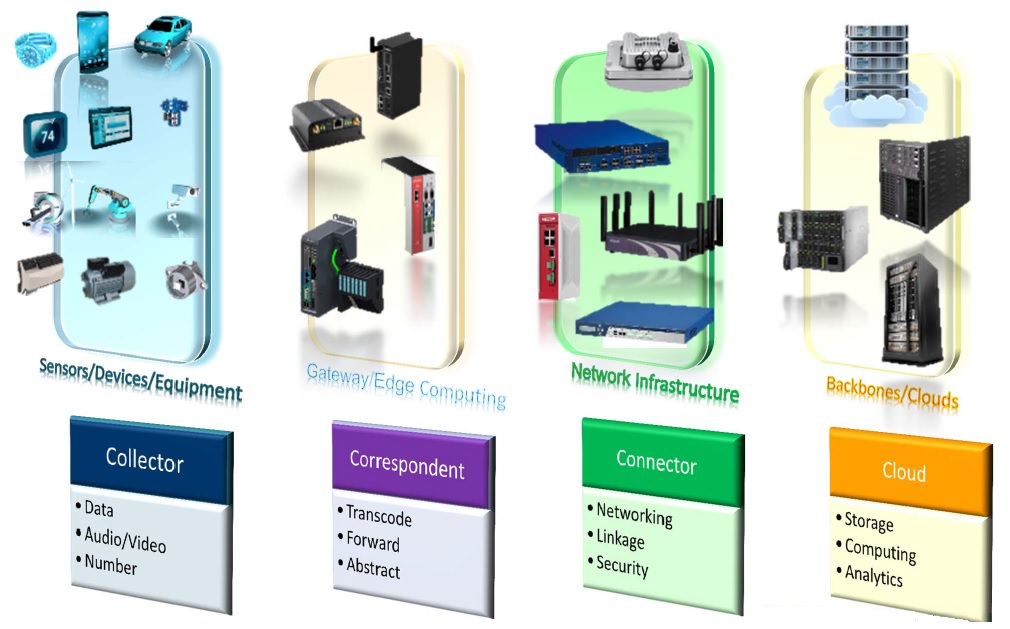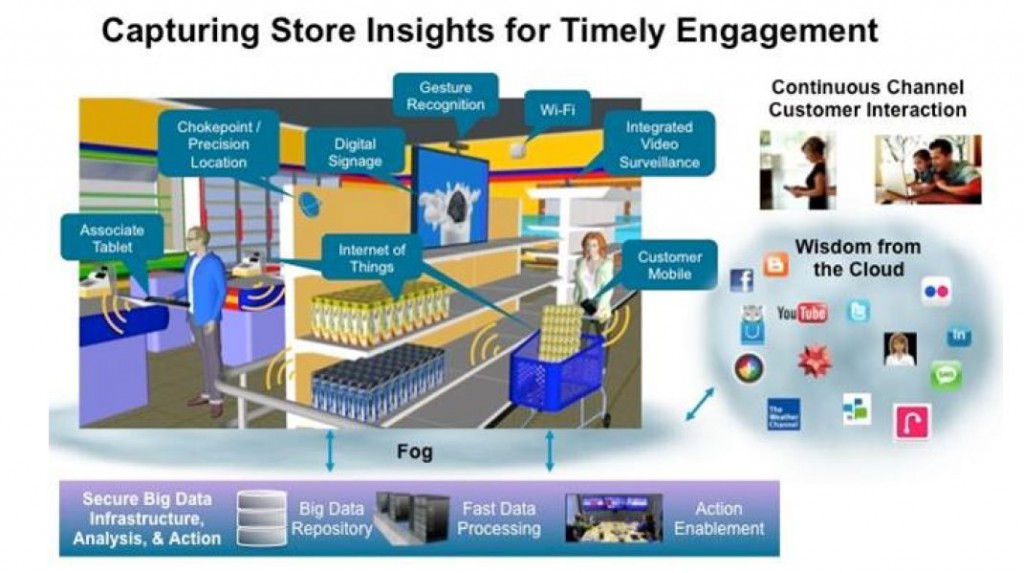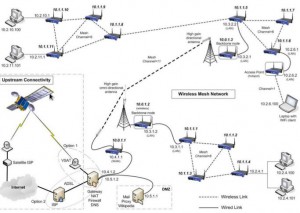Internet of Things (IoT) Introduction
IoT 101
All the pieces of the technological puzzle are already available.
So why not put them all together?
The Internet of Things (IoT) is a communication tool which acts as a bridge between either humans and computers or one computer system to another by utilizing a common language in order to find, track, and share information.
This tool is used in a variety of advanced technologies such as sensors, cloud storage and vehicle computers in order to detect key data such as heart rate, traffic patterns, or temperature. Through incorporating this technology in more and more gadgets, we are able to truly make the whole significantly greater than the sum of its parts.
The IoT Chain:
Sensors & cameras
Like it or not, with today’s security concerns it’s hard to find a place without surveillance. Whether it be through traffic cameras or sensors, it’s safe to assume there’s some sort of monitor system everywhere we turn.
The Internet of Things (IoT) will bring our security systems into the future by utilizing multiple sensors to obtain more complete information. One current example of this technology is WAZE, an app which connects all users’ GPS sensors to thoroughly analyze the road map and avoid traffic jams.
Cloud Storage:
As with any new technology, cloud storage took some time to catch on before it became the phenomenon it is today.
Nowadays, it is so commonplace that organizations are confident enough to place many their most important databases into dedicated server farms. In addition, private users also tend to be fond of the cloud platform as it allows them to have easy access to their personal information anywhere and anytime.
There’s no question today that the cloud is one of the most efficient, cost-effective and safe ways to store information.
BIG DATA
This is the hottest thing in the industry.
Though we all understand that our information needs to be saved, extracting the relevant data quickly from a sea of information on the cloud can be a real challenge.
Unfortunately, our clientele is difficult and impatient. When they need information, they need it now! After just a few seconds of waiting on the screen, they move on.
Big Data solves this issue by utilizing strong hardware to support advanced search algorithms. This allows us to find information faster than ever before, and best of all, it also keeps our clients happy and worry-free.
Digital signage
Digital signage today is more than a monitor running a commercial. To get attention, it requires clear focus and an accurate message. An intelligent Digital signage system can adapt the content depending the viewer, social networks, and even facial recognition systems. This allows you to recognize the potential customers and present them specific content based on previous data analysis.
IoT communication in retail stores:
Vehicle Computers
Often times, it feels as though we spend so much time in our cars, that they have become our second homes. For this reason, why not make it as comfortable, safe and smart as possible?
Today, the Internet of Things allows us to get a greater driving experience through features such as automatic music selection, warning systems, and traffic alerts.
Yet, since there is unlimited available information in your car computer, it can do much more. By using this technology, your car will be able to perform a self-assessment to warn you of any malfunctions and at the same time, check the availability of spare parts. In the worst case scenario, it can also direct you to the nearest recommended garage.
Vehicle to Vehicle IoT communication:
Industrial WIFI
In order to allow all components (sensors cameras etc.) to communicate wirelessly, a WIFI network is required. Such a network could be created either via cellular network (if there are any antennas) or by a router connected to a wireless network.
Since the WIFI network can spread anywhere inside or outside, WIFI products are required to adapt to external environmental conditions such as high temperatures and humidity.
One interesting wireless network topology deployment is the MESH network. In this network topology, each node relays data for the network so it can be used as both a source of information and a way to connect to the rest of the network units. The advantage of such a network deployment is dynamic mobility and improved speed.
With the employment of the Internet of Things, the future is coming faster than we ever thought possible. While we are already seeing its extraordinary implications in areas such as health and security (i.e. smartphone heart-rate monitors), pretty soon we will see this technology everywhere, enabling us to have smarter and more effortless interactions with everyone and everything we use.




